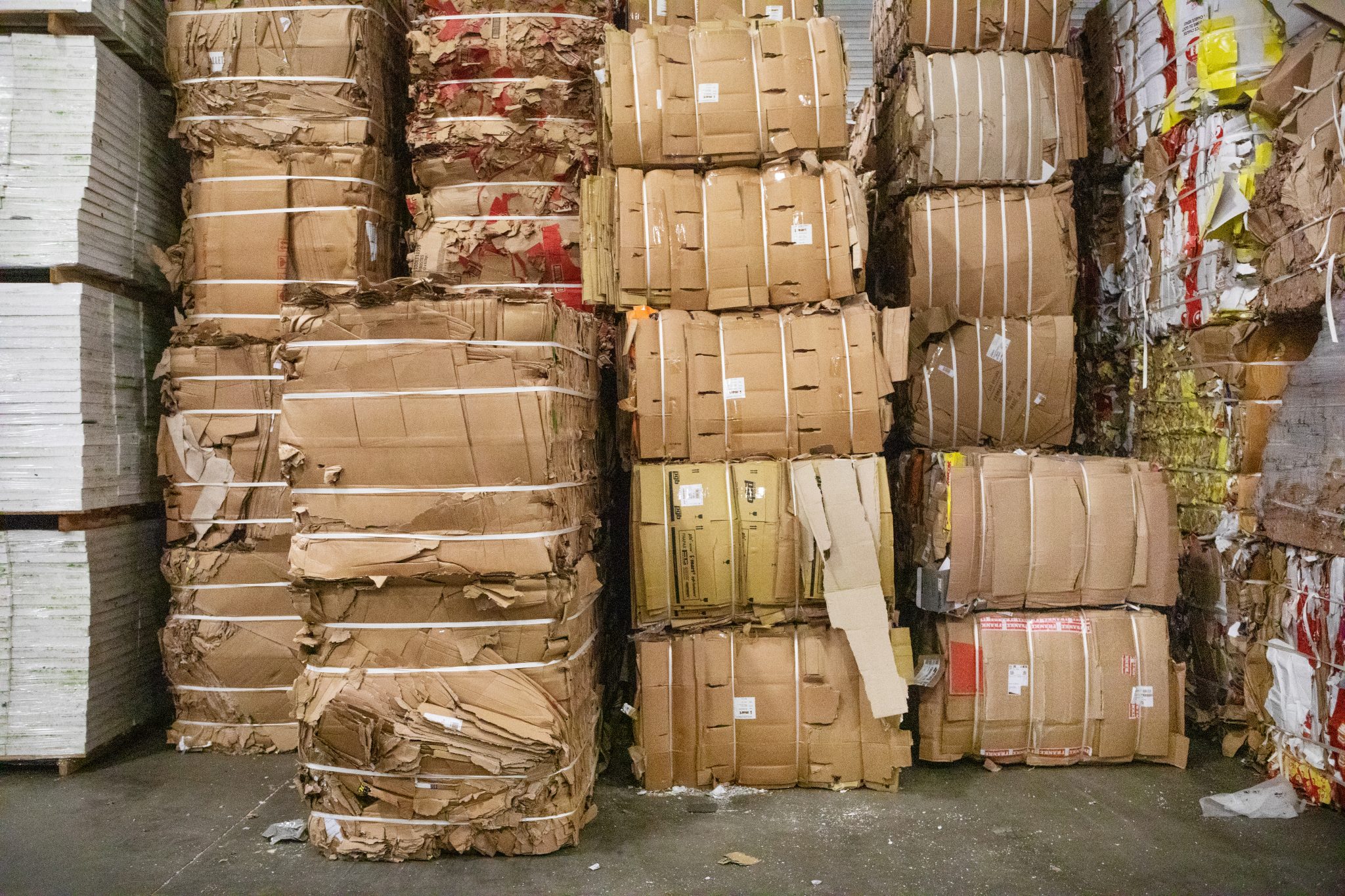

Articles
Where To Recycle Cardboard Boxes
Modified: November 2, 2024
Looking for eco-friendly options for home maintenance? Discover where to recycle cardboard boxes and reduce waste. Find out more!
(Many of the links in this article redirect to a specific reviewed product. Your purchase of these products through affiliate links helps to generate commission for Storables.com, at no extra cost. Learn more)
Introduction
Cardboard boxes are often used for packaging and shipping various goods, ranging from household items to products from online orders. However, after their initial use, these boxes often end up in the trash, contributing to the growing waste problem. Recycling cardboard boxes is not only a responsible choice but also a crucial step towards reducing our environmental impact.
In this article, we will explore the importance of recycling cardboard boxes and provide various options for proper disposal. Whether you are a homeowner, small business owner, or an avid online shopper, this guide will help you make informed decisions on where and how to recycle your cardboard boxes.
Key Takeaways:
- Recycling cardboard boxes is essential for conserving resources, reducing landfill waste, and preventing pollution. Utilize local centers, curbside programs, and retail drop-off locations for responsible disposal.
- Before recycling, get creative with cardboard boxes by repurposing them for DIY projects, playhouses, or protective packaging. Embrace sustainable practices to make a positive impact on the environment.
Read more: How To Store Cardboard For Recycling
Importance of Recycling Cardboard Boxes
Recycling cardboard boxes plays a significant role in preserving our environment and conserving valuable resources. Here are several reasons why recycling cardboard boxes is important:
- Conserving Natural Resources: Recycling cardboard boxes helps to conserve natural resources, including trees and water. By repurposing used boxes, we can reduce the demand for new cardboard production, which requires vast amounts of trees and water.
- Energy Savings: Recycling cardboard boxes requires less energy compared to manufacturing new ones. The production of recycled cardboard reduces the need for raw materials and the energy-intensive processes involved in extracting those materials.
- Reducing Landfill Waste: When cardboard boxes are thrown away instead of being recycled, they take up valuable space in landfills. Landfills are already overwhelmed with waste, and cardboard boxes can contribute to the scarcity of available land for waste disposal.
- Preventing Pollution: The decomposition of cardboard in landfills produces methane gas, a potent greenhouse gas that contributes to climate change. Recycling cardboard helps to reduce the amount of waste sent to landfills and minimizes the release of harmful gases into the atmosphere.
- Promoting Circular Economy: Recycling cardboard boxes is a key part of the circular economy, where materials are reused and recycled rather than being discarded after a single use. By participating in the recycling process, we contribute to creating a sustainable cycle of production and consumption.
By recognizing the importance of recycling cardboard boxes, we can make a positive impact on the environment and work towards a more sustainable future. The next section will explore different recycling options available to ensure that cardboard boxes are properly disposed of and given a second life.
Recycling Options for Cardboard Boxes
When it comes to recycling cardboard boxes, there are several options available to ensure that they are properly disposed of and recycled. Here are some common recycling options:
- Local Recycling Centers: Many communities have local recycling centers where you can drop off your cardboard boxes. These centers typically have designated areas where you can conveniently dispose of your boxes. Check with your local government or waste management department to find the nearest recycling center in your area.
- Curbside Recycling Programs: Some areas offer curbside recycling programs that allow residents to place their cardboard boxes in the recycling bin for pickup. Check with your local waste management department or recycling company to determine if curbside recycling for cardboard is available in your community. Be sure to follow any guidelines or restrictions they may have in place.
- Retail Store Drop-off Locations: Many retail stores, such as grocery stores and big-box retailers, have cardboard recycling drop-off locations. These designated areas allow you to bring your cardboard boxes and deposit them for recycling. Look for signage or inquire at customer service about the store’s recycling program and where to drop off your boxes.
- Online Recycling Resources: Various online platforms help connect recyclers with individuals or businesses looking to repurpose cardboard boxes. Websites and apps allow you to list your boxes for reuse, which can be beneficial for those who need packaging materials or are involved in arts and crafts projects. Examples of these platforms include Freecycle, Craigslist, and local Facebook groups.
It’s important to note that recycling options may vary depending on your location. Some areas may have more extensive recycling programs, while others may have limited options. Check with your local authorities or waste management facilities to find the best recycling method for your cardboard boxes.
Next, we will provide some helpful tips to ensure that your cardboard box recycling efforts are effective and environmentally friendly.
Local Recycling Centers
Local recycling centers are a convenient and accessible option for recycling your cardboard boxes. These centers are typically operated by your local government or waste management authorities and provide designated areas where you can drop off your boxes for recycling. Here are some key points to consider about recycling centers:
- Check Local Guidelines: Before visiting a recycling center, it’s important to check your local guidelines to understand what types of cardboard boxes are accepted. Some centers may have specific requirements, such as removing any tape or other packaging materials from the boxes. Ensure that your boxes meet these guidelines to avoid any issues during the recycling process.
- Separate and Flatten Boxes: To make the process easier for recycling center staff and to maximize space, separate and flatten your cardboard boxes. This helps save room in recycling bins and allows for more efficient transportation to recycling facilities.
- Transportation: Depending on the size and quantity of your cardboard boxes, consider how to transport them to the recycling center. If you have a large number of boxes, it may be more efficient to use a vehicle with spacious cargo capacity. For smaller quantities, you can simply load them into your car or use public transportation if the recycling center is easily accessible.
- Schedule and Hours: Check the operating hours of your local recycling center to ensure that you visit during their designated drop-off times. Some centers may have specific days or hours of operation, so plan your visit accordingly.
- Take Advantage of Other Recycling Services: Recycling centers often accept other recyclable materials, such as paper, plastic, and glass. If you have items other than cardboard boxes that are suitable for recycling, inquire about their acceptance at the center. This allows you to streamline your recycling efforts and make the most of your visit.
By utilizing local recycling centers, you can easily and responsibly dispose of your cardboard boxes. Not only does this contribute to the proper recycling of materials, but it also supports your local community’s recycling initiatives. In the next section, we will explore another popular recycling option – curbside recycling programs.
Curbside Recycling Programs
Curbside recycling programs offer a convenient and hassle-free way to recycle your cardboard boxes directly from your home. Many communities provide curbside recycling services, allowing residents to place their recyclables in designated bins for collection. Here are some important details to know about curbside recycling programs for cardboard boxes:
- Check with Local Authorities: Start by checking with your local waste management department or municipality to find out if curbside recycling for cardboard is available in your area. They can provide information on whether cardboard boxes are accepted, what preparation and guidelines are necessary, and the frequency of recycling pickups.
- Know the Guidelines: Each curbside recycling program may have specific guidelines for cardboard box recycling. It’s important to be aware of any size, packing, or preparation requirements. Typically, you’ll need to flatten the boxes and remove any packaging materials, such as tape or plastic inserts, before placing them in the recycling bin.
- Collection Schedule: Familiarize yourself with the curbside recycling collection schedule in your community. This information will help you know when to place your cardboard boxes out for recycling. Ensure your boxes are neatly stacked alongside, or inside, the designated recycling bin on the scheduled collection day.
- Maximize Space: To optimize space in your recycling bin, flatten your cardboard boxes before placing them inside. This allows for more efficient collection and can accommodate a larger quantity of boxes. Remember to remove any excess packaging materials that cannot be recycled.
- Overflow Solutions: If you have a large quantity of cardboard boxes that cannot fit in the designated recycling bin, consider alternative solutions. Some communities offer options for scheduling extra pickups or providing additional recycling containers. Contact your waste management department to inquire about these overflow solutions.
Curbside recycling programs provide a convenient way to recycle cardboard boxes without having to visit a recycling center. By participating in these programs, you contribute to a more sustainable community and help reduce the amount of waste sent to landfills. In the next section, we will discuss an additional option for recycling cardboard boxes – retail store drop-off locations.
Check with your local recycling center or waste management facility to find out where you can recycle cardboard boxes in your area. Many communities offer curbside recycling for cardboard.
Read more: Where To Drop Off Cardboard Boxes
Retail Store Drop-off Locations
Retail store drop-off locations are an increasingly popular option for recycling cardboard boxes. Many large chain stores and retailers provide dedicated areas within their facilities where customers can drop off their used cardboard boxes for recycling. Here are some key points to consider about these drop-off locations:
- Identify Participating Stores: Start by identifying which retail stores in your area offer drop-off locations for recycling cardboard boxes. Major retailers, including grocery stores, home improvement stores, and big-box retailers, are more likely to have such programs. Check their websites or contact customer service to inquire about their recycling initiatives.
- Check Guidelines: Each retail store may have specific guidelines regarding the types of cardboard boxes accepted and any preparation requirements. Make sure to remove any packaging materials, such as tape or plastic inserts, before taking your boxes to the drop-off location. Adhere to any size or quantity restrictions that the store may have in place.
- Designated Drop-off Areas: When visiting the retail store, look for signage or ask store personnel about the location of the cardboard box drop-off area. Some stores have dedicated bins or designated spots where customers can conveniently deposit their boxes for recycling.
- Other Recyclable Materials: Retail store drop-off locations often accept other recyclable materials besides cardboard. Check if they have separate bins or areas for paper, plastic, or glass recycling. Consolidating your recyclables can simplify the process and help you contribute to a more comprehensive recycling effort.
- Utilize Store Visits: Take advantage of your regular visits to these retail stores to drop off your cardboard boxes. Whether you’re grocery shopping or running errands, incorporating recycling into your routine makes it easier to dispose of your boxes responsibly.
Retail store drop-off locations provide a convenient solution for recycling cardboard boxes, especially for those who frequently shop at these establishments. Participating in these programs ensures that your cardboard boxes are properly recycled, contributing to a more sustainable waste management system. In the next section, we will explore online recycling resources for cardboard boxes.
Online Recycling Resources
Online recycling resources offer an innovative approach to recycling cardboard boxes. These platforms connect individuals and businesses looking to repurpose cardboard boxes with those who have boxes to give away. Here are some important details to know about online recycling resources:
- Freecycle: Freecycle is an online platform that allows you to list items, including cardboard boxes, that you no longer need. Other users who are in need of packaging materials can then reach out to arrange pickup or delivery. Freecycle operates on a local level, making it easy to connect with individuals in your community.
- Craigslist: Craigslist is a popular online classifieds platform where you can list various items for sale or giveaway. Posting your cardboard boxes on Craigslist’s “Free” section can attract local individuals or businesses looking for free packaging materials. Arrange a convenient pickup or drop-off location to ensure a smooth transaction.
- Local Facebook Groups: Many local communities have dedicated Facebook groups where members can post items they want to give away or items they need. Joining these groups and posting about your available cardboard boxes can quickly connect you with individuals who can put them to use.
- Reuse Websites: There are several websites specifically designed for the purpose of connecting those who have cardboard boxes with those who need them. These platforms create a space for sharing and reusing materials, promoting sustainability and reducing waste. Check out websites such as BoxCycle and UsedCardboardBoxes to explore these possibilities.
Online recycling resources offer a unique way to repurpose cardboard boxes and connect with individuals or businesses in need. By using these platforms, you can contribute to the reuse of materials, reduce packaging waste, and potentially save someone the cost of new packaging materials. Remember to exercise caution when arranging pickups or deliveries and prioritize safety.
Now that we have explored various options for recycling cardboard boxes, let’s move on to the next section and delve into some helpful tips to ensure your cardboard box recycling efforts are effective and environmentally friendly.
Tips for Effective Cardboard Box Recycling
To ensure that your cardboard box recycling efforts are effective and environmentally friendly, consider the following tips:
- Flatten the Boxes: Before recycling, flatten your cardboard boxes. This not only saves space but also allows for easier transportation and processing at recycling facilities.
- Remove Non-Recyclable Items: Remove any non-recyclable materials, such as tape, labels, or plastic inserts, from the boxes. These items can contaminate the recycling process and make it more difficult to recycle the cardboard.
- Keep Boxes Dry and Clean: Wet or soiled cardboard may not be accepted for recycling. Ensure that your cardboard boxes are clean and dry to avoid contamination or rejection at recycling facilities.
- Separate Cardboard from Other Materials: Keep cardboard separate from other recyclable materials, such as paper, plastic, or glass. This allows for easier sorting and processing at recycling facilities.
- Avoid Mixing Corrugated and Non-corrugated Cardboard: Corrugated cardboard, which has a wavy layer in the middle, and non-corrugated cardboard, such as cereal boxes or paperboard, have different recycling processes. It’s best to keep them separate and recycle them accordingly.
- Check Local Recycling Guidelines: Familiarize yourself with the recycling guidelines specific to your area. This includes knowing which types of cardboard are accepted, any preparation requirements, and any limitations or restrictions that may apply.
- Reduce Packaging Waste: Whenever possible, opt for minimal packaging or reusable alternatives to reduce cardboard box waste. Consider using reusable shopping bags, utilizing digital receipts, or opting for products with eco-friendly packaging.
- Share or Donate Boxes: If your cardboard boxes are still in good condition, consider sharing or donating them. Online platforms or local community groups can connect you with individuals or businesses that can reuse the boxes for moving, storage, or arts and crafts projects.
- Encourage Others to Recycle: Spread the word about the importance of cardboard box recycling and encourage others to do the same. By raising awareness, you can inspire more people to participate in recycling efforts and make a positive impact on the environment.
By following these tips, you can ensure that your cardboard box recycling is efficient and contributes to a more sustainable waste management system. Remember, even small actions can make a significant difference when it comes to reducing waste and preserving our planet.
Next, let’s explore some creative reuse ideas for cardboard boxes, providing you with inspiration to give your boxes a new life before recycling them.
Creative Reuse Ideas for Cardboard Boxes
Before recycling your cardboard boxes, consider giving them a second life through creative reuse. Here are some imaginative ideas for repurposing cardboard boxes:
- DIY Storage Solutions: Cut and transform cardboard boxes into custom storage containers for organizing items like toys, office supplies, or accessories. Decorate them with paint, wrapping paper, or fabric to add a personal touch.
- Playhouses or Forts: Build a playhouse or fort for children using large cardboard boxes. Cut out windows and doors, decorate with markers or paint, and let the little ones’ imagination take flight.
- Protective Packaging Material: Utilize cardboard boxes as protective packaging material when shipping or storing delicate items. Cut the boxes into pieces and use them as padding or fillers to prevent damage during transportation.
- Craft Projects: Craft enthusiasts can transform cardboard boxes into various DIY projects. From creating wall art, picture frames, or even homemade puzzles, cardboard provides a versatile canvas for your artistic endeavors.
- Raised Garden Beds: Construct raised garden beds by stacking and securing cardboard boxes. Fill them with soil to create a quick and affordable gardening solution. The cardboard acts as a barrier against weeds and decomposes over time, enriching the soil.
- Compost Bins: Use large cardboard boxes to build a compost bin. Line the inside with plastic or add a bin liner to protect against moisture. The cardboard provides insulation and helps maintain the composting process by regulating temperature and airflow.
- Pet Beds or Playhouses: Ensure your furry friends have a cozy spot by repurposing cardboard boxes into pet beds or playhouses. Cut openings for entrances, add cushions or blankets, and let your pets enjoy their customized space.
- Shipping or Moving Boxes: If your cardboard boxes are still in good condition, consider reusing them for shipping or moving purposes. Simply reinforce the bottoms with duct tape for added strength and protection.
These are just a few ideas to spark your creativity. Let your imagination run wild when repurposing cardboard boxes, and discover unique and practical uses for them in your everyday life.
Remember, reusing cardboard boxes not only helps reduce waste but also allows you to save money and exercise your creativity. However, if you’re unable to repurpose your boxes, recycling them is still a responsible choice. Let’s conclude this guide with a brief summary.
Read more: Where Can You Buy Cardboard Boxes
Conclusion
Recycling cardboard boxes is a crucial step towards reducing waste and protecting the environment. By understanding the importance of recycling and exploring various options for recycling cardboard boxes, we can make a positive impact on our planet.
Local recycling centers, curbside recycling programs, retail store drop-off locations, and online recycling resources provide convenient avenues for properly disposing of cardboard boxes. It’s important to follow the guidelines and requirements specific to your area to ensure effective and efficient recycling.
Additionally, incorporating tips such as flattening boxes, removing non-recyclable materials, and keeping boxes dry and clean can further enhance your cardboard box recycling efforts. These small actions can contribute to a more sustainable waste management system.
Before recycling, consider the creative reuse potential of cardboard boxes. Creating DIY storage solutions, playhouses for children, or protective packaging material allows us to give these boxes a new purpose and extend their lifespan.
By recycling and repurposing cardboard boxes, we conserve natural resources, reduce landfill waste, and prevent pollution. Embracing these practices helps promote a circular economy and supports the transition towards a more sustainable future.
So, the next time you receive or have cardboard boxes to dispose of, remember to consider the recycling options available in your area, repurpose them creatively if possible, and encourage others to do the same. Together, we can make a difference in conserving resources, minimizing waste, and preserving the environment for future generations.
Frequently Asked Questions about Where To Recycle Cardboard Boxes
Was this page helpful?
At Storables.com, we guarantee accurate and reliable information. Our content, validated by Expert Board Contributors, is crafted following stringent Editorial Policies. We're committed to providing you with well-researched, expert-backed insights for all your informational needs.
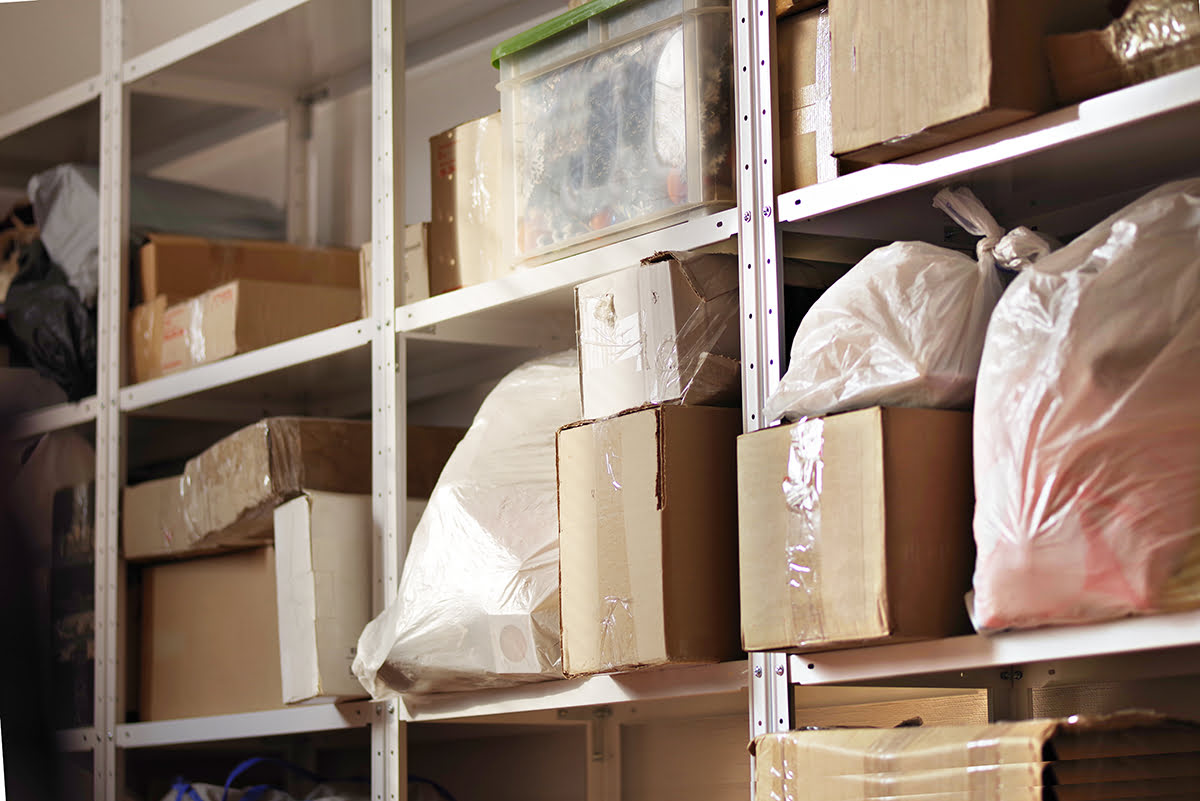
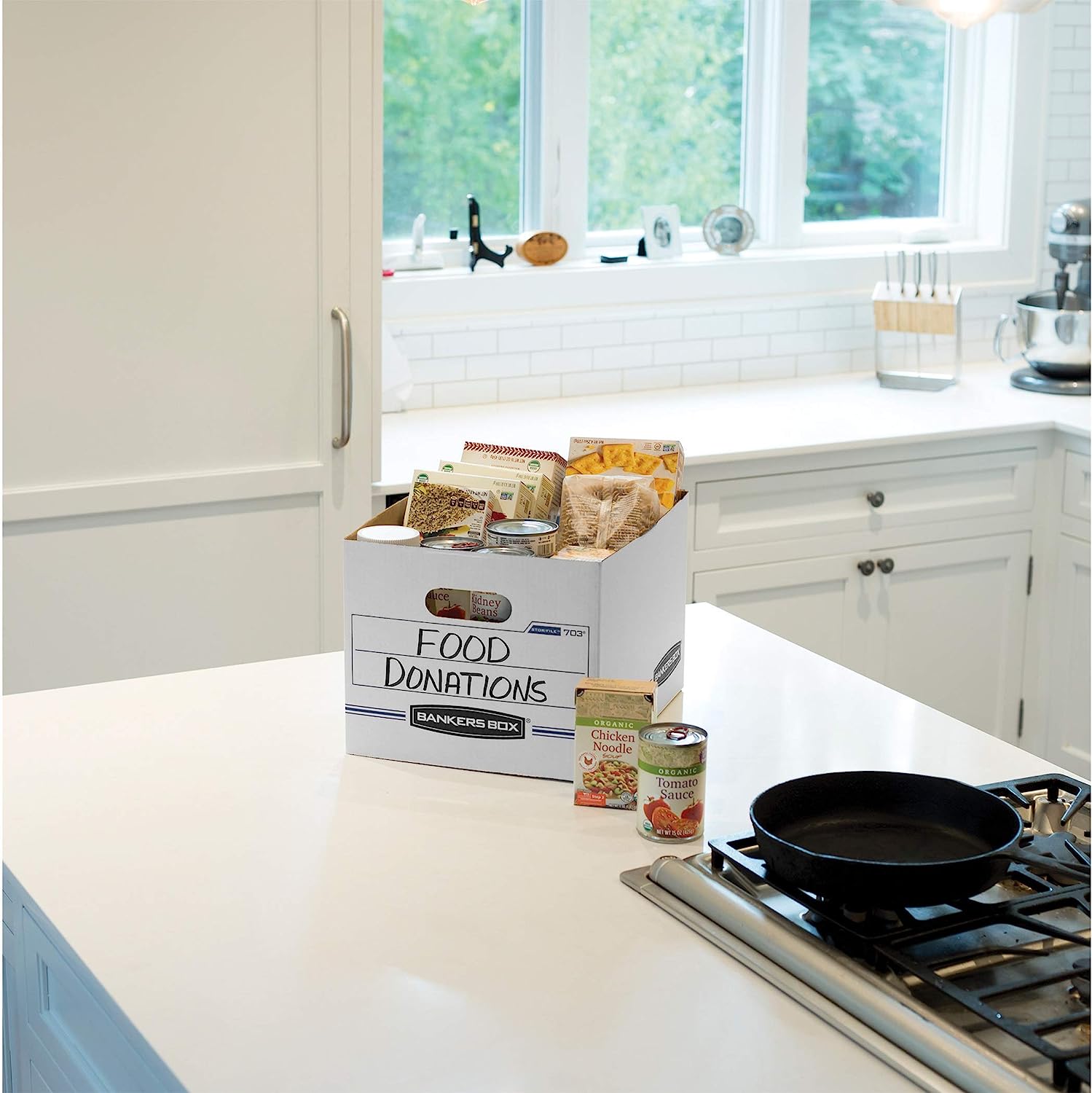
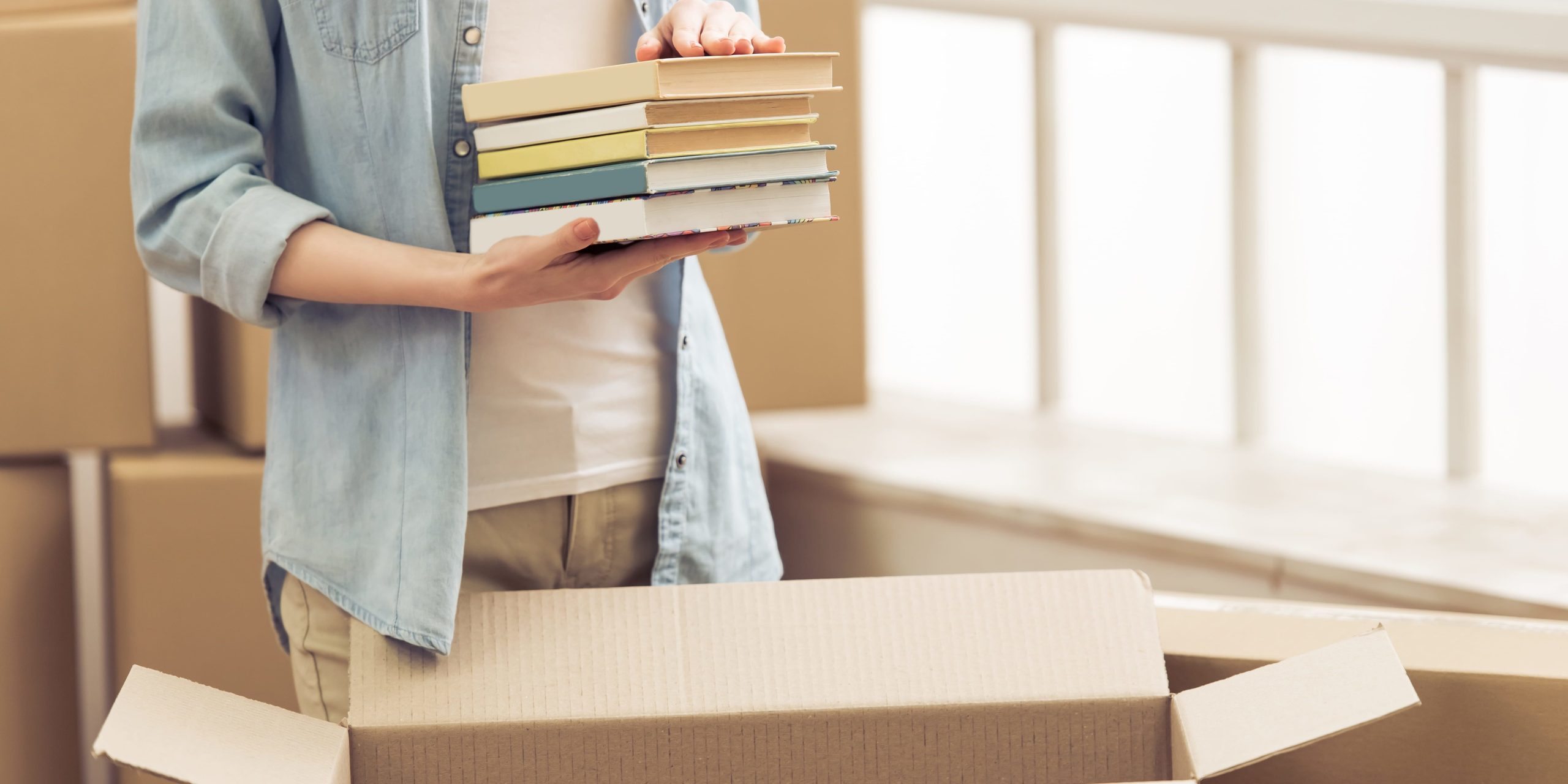
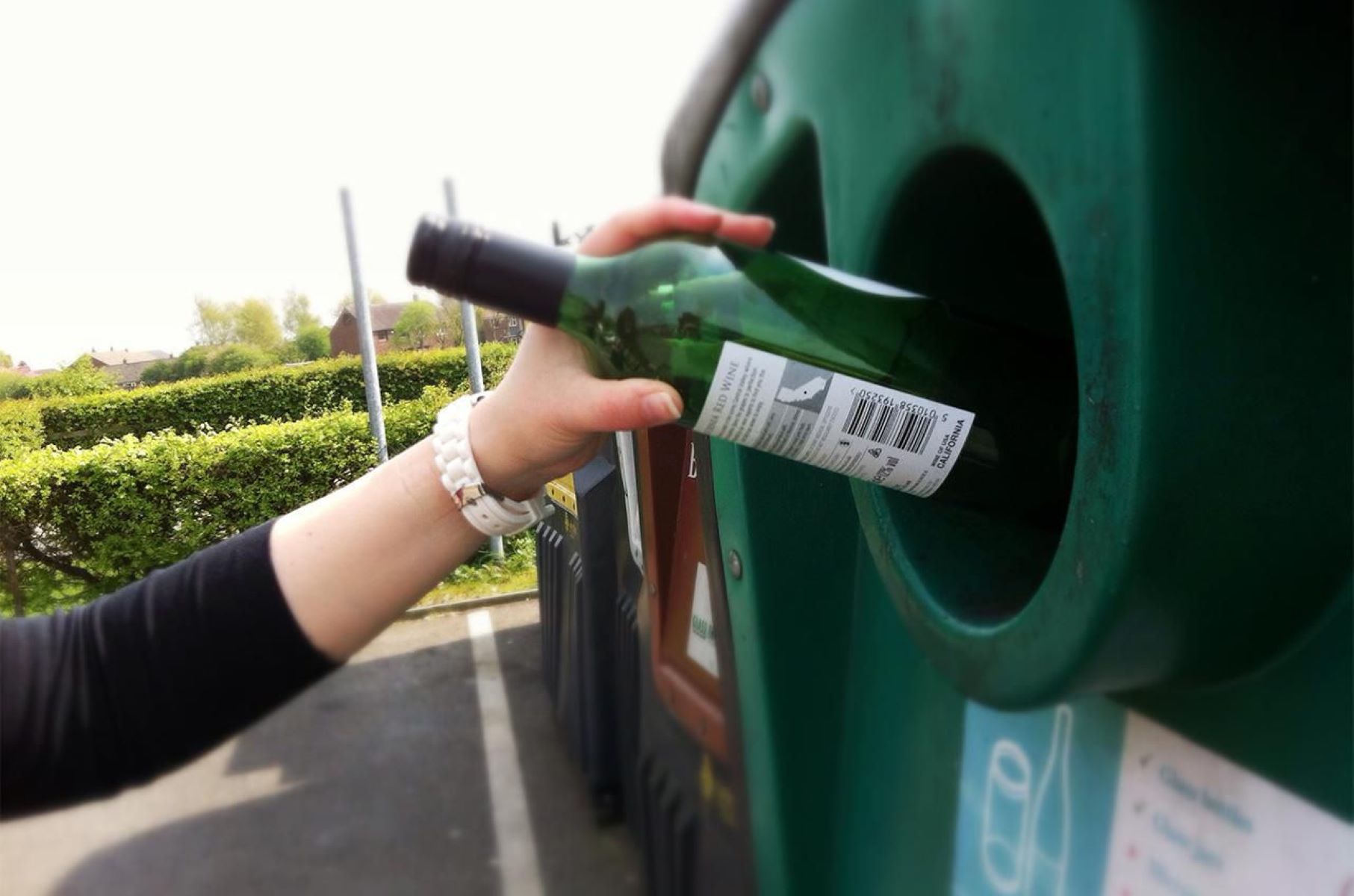
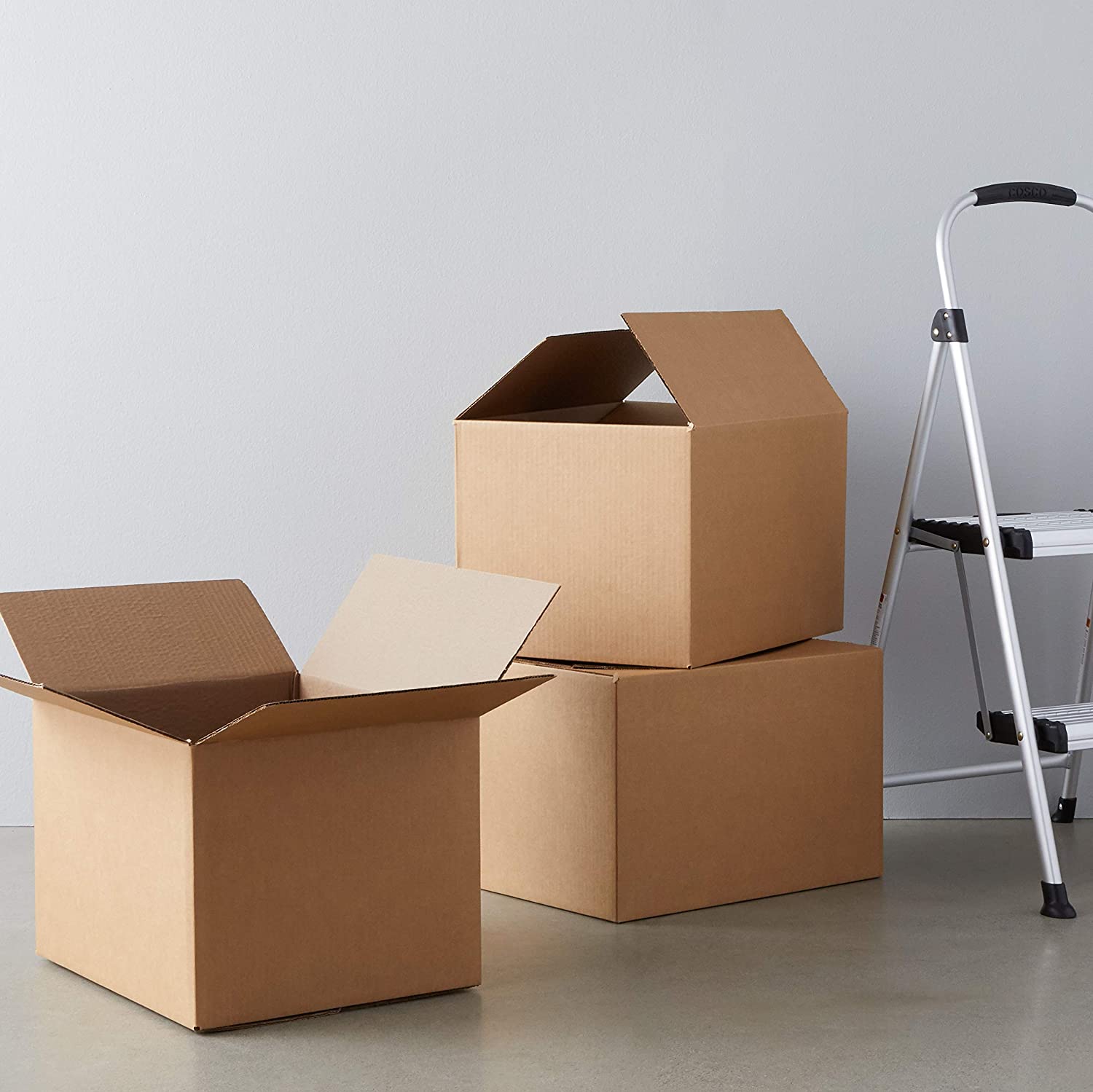
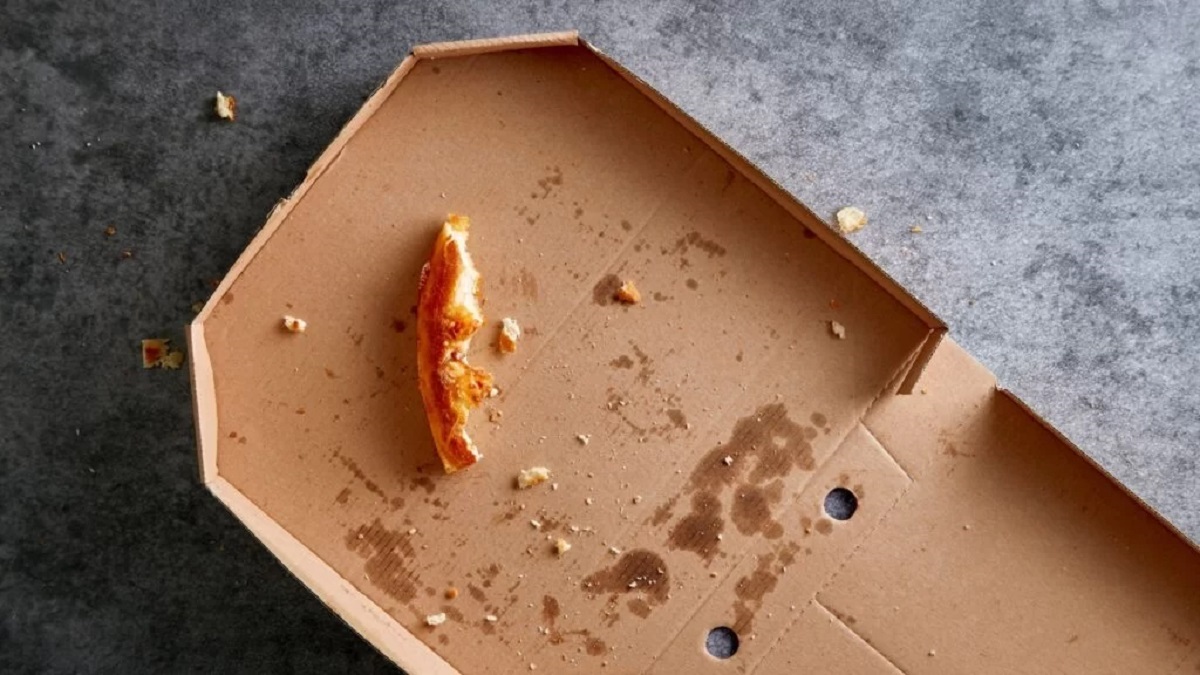
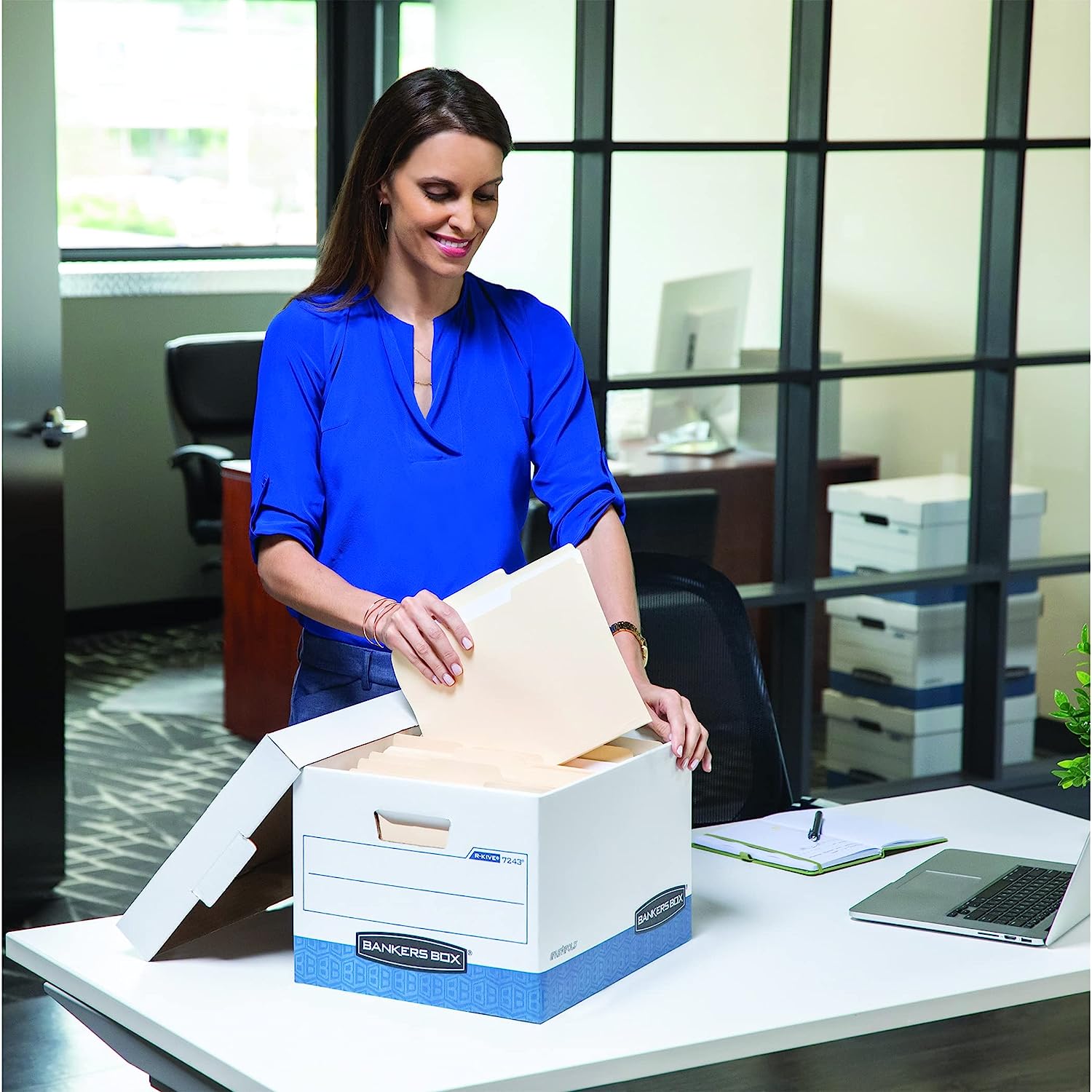

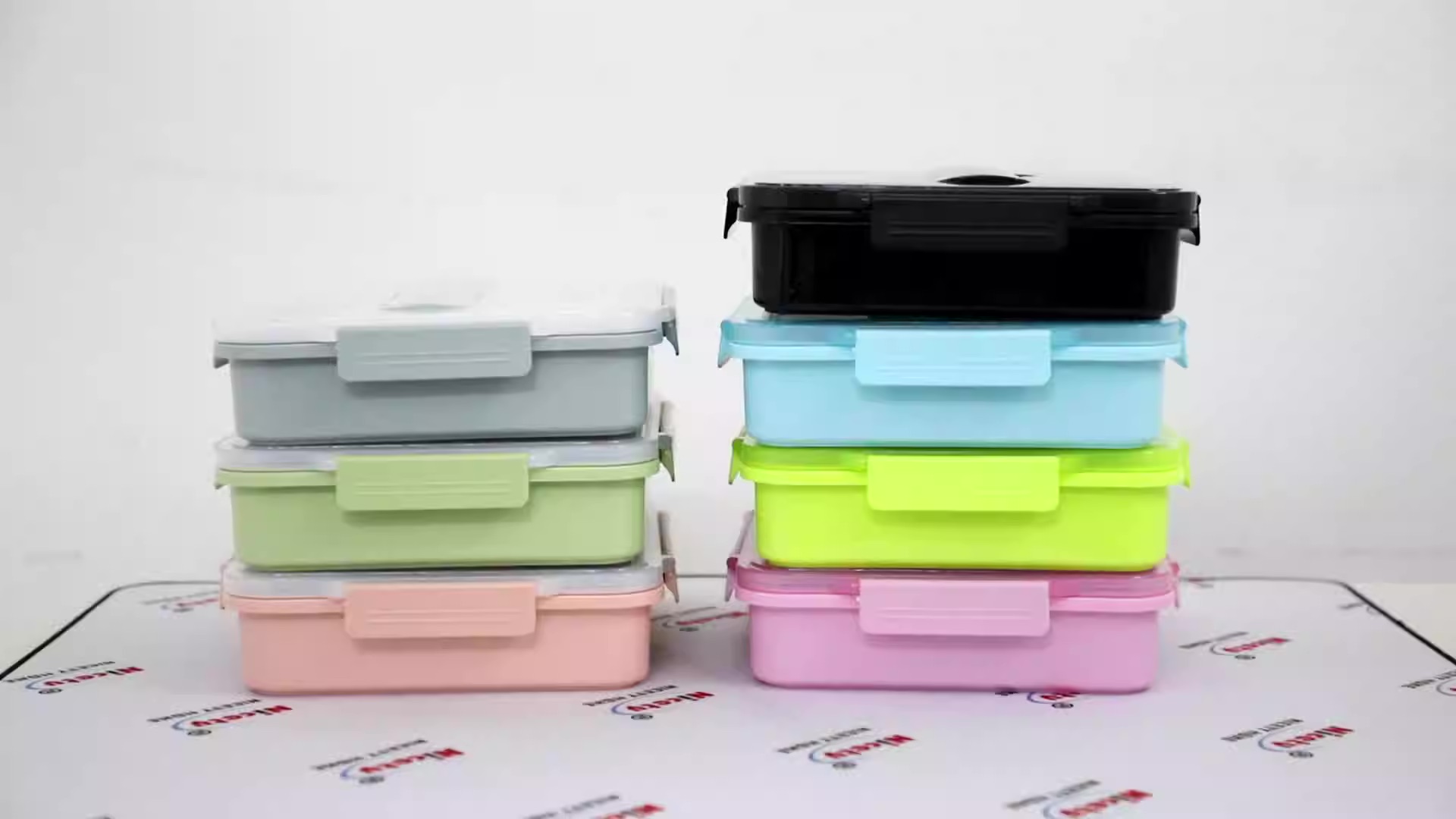
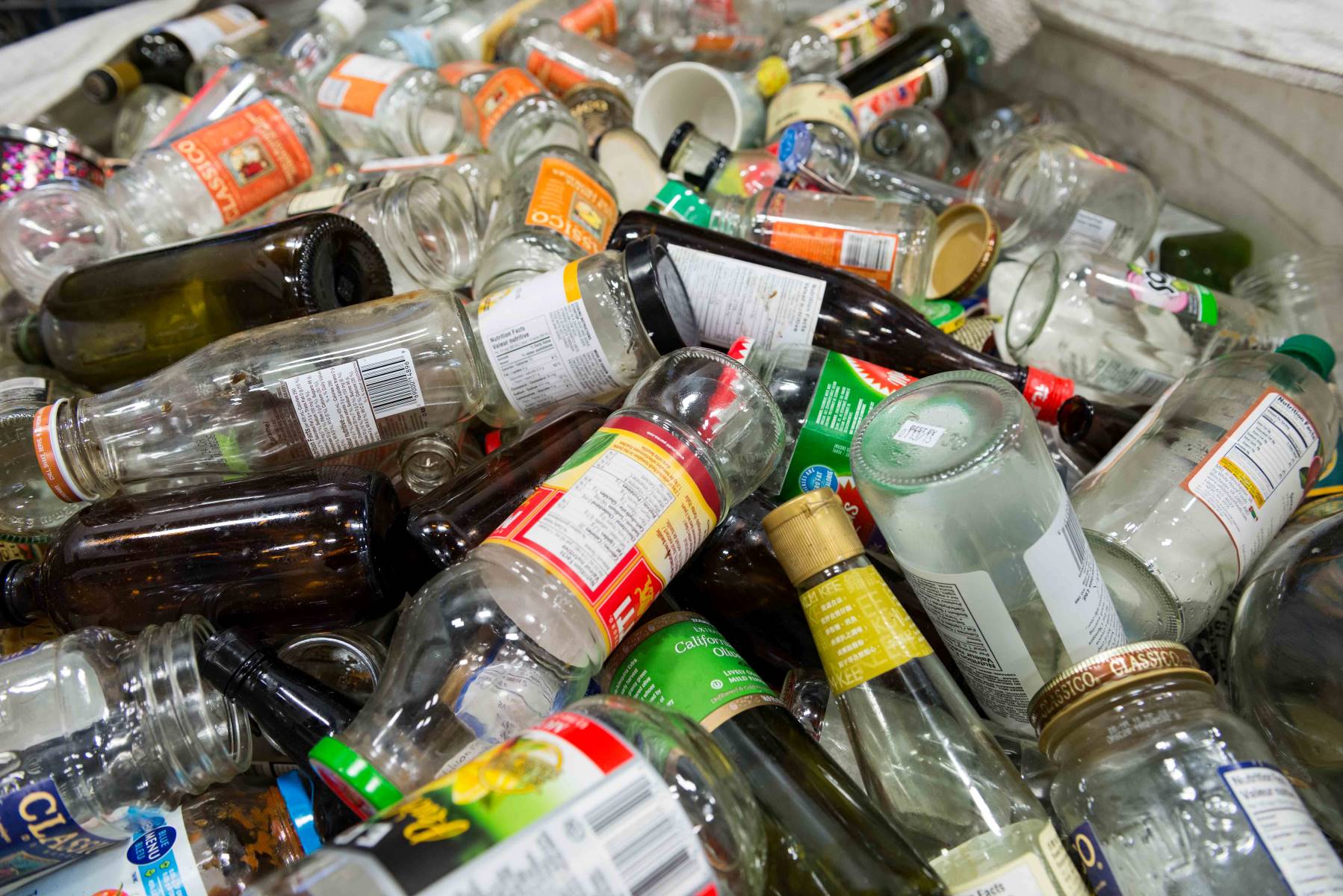
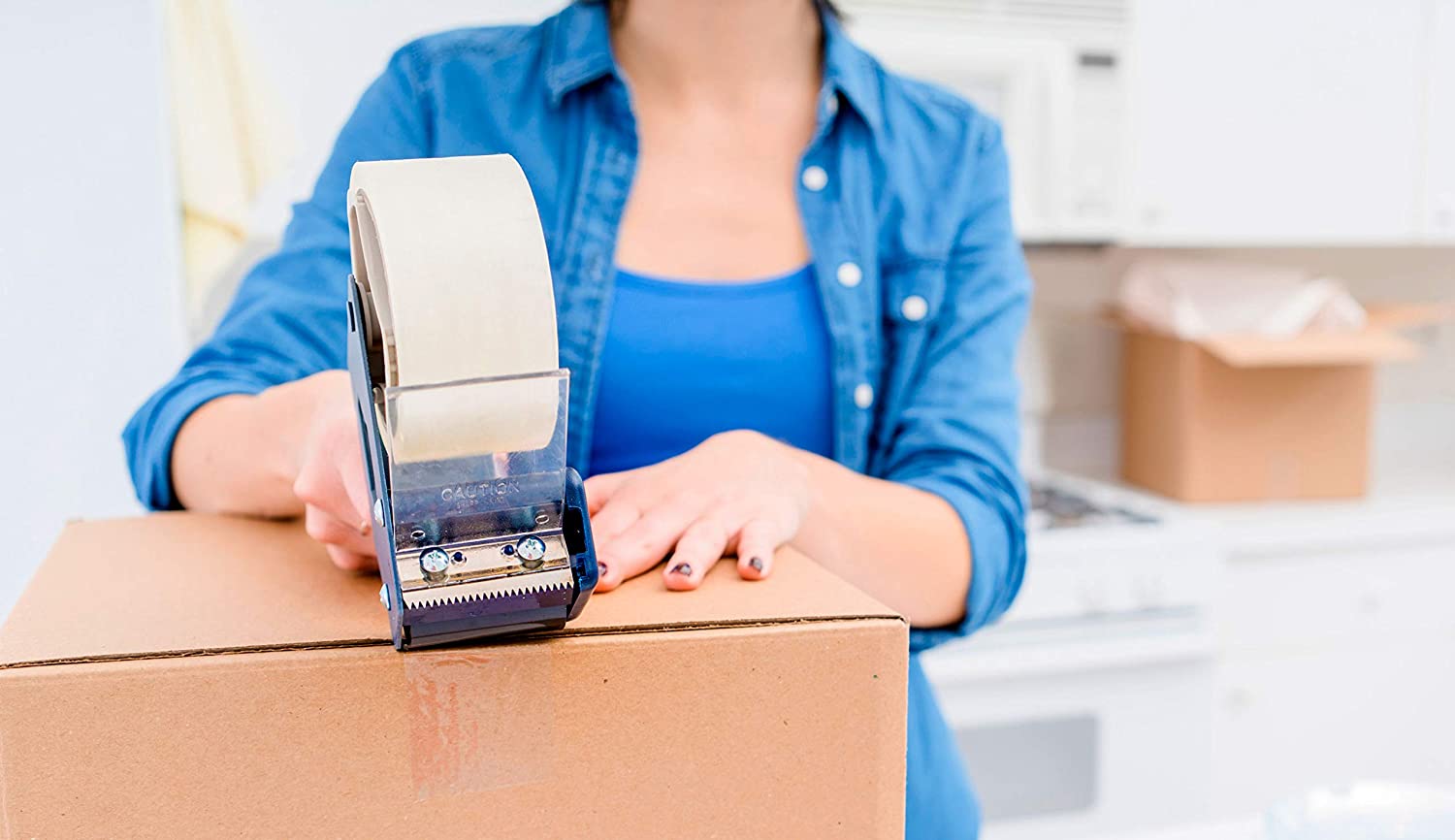
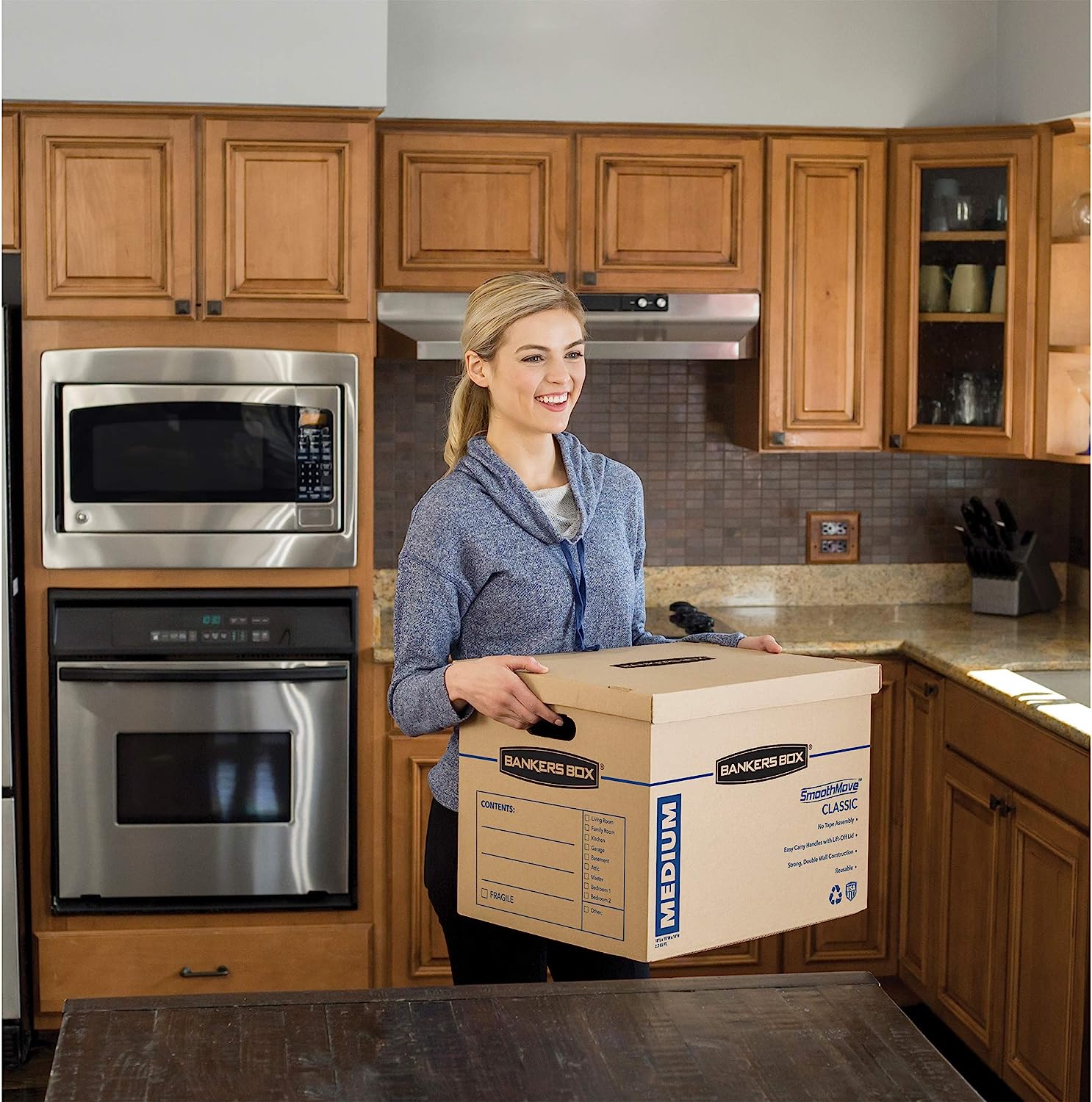
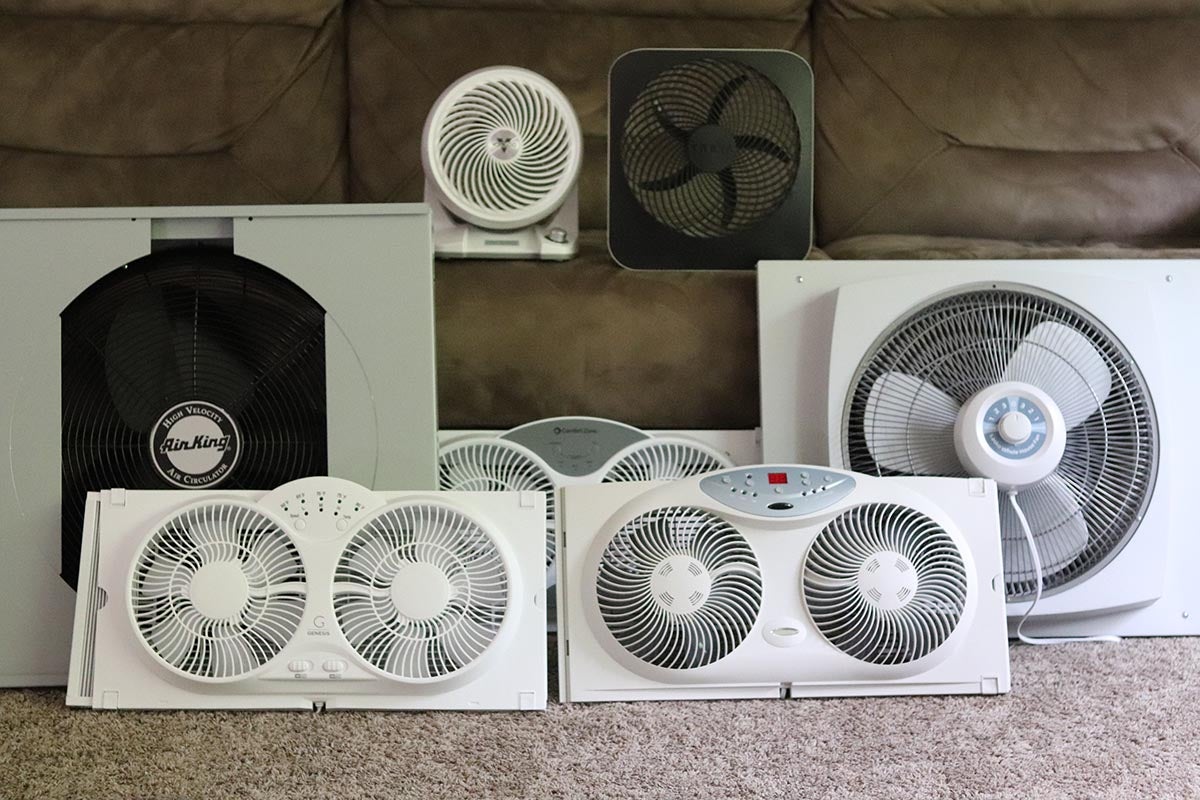

0 thoughts on “Where To Recycle Cardboard Boxes”